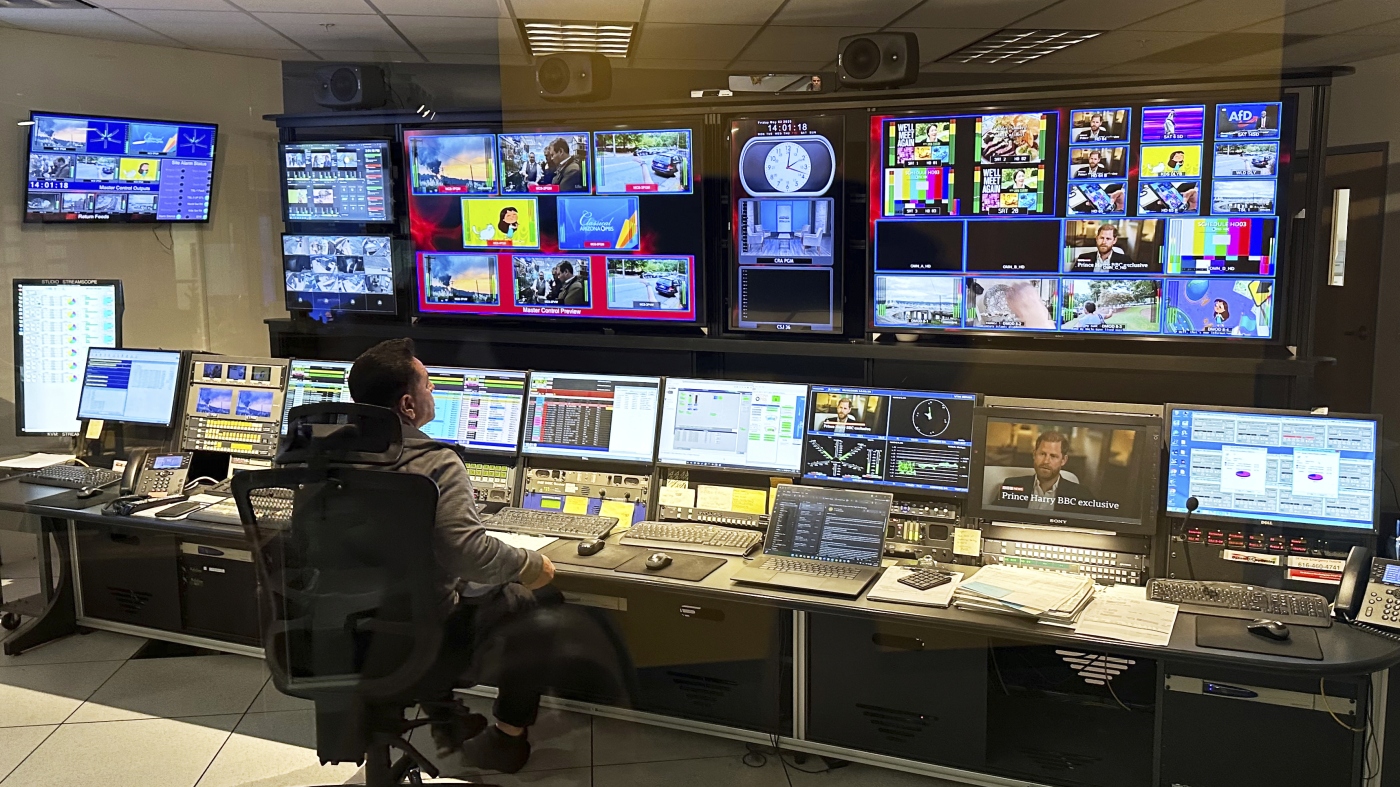The Battle for Public Broadcasting Independence
In the ever-evolving landscape of American politics, few issues have sparked as much controversy as the recent legal battle between President Trump and the Corporation for Public Broadcasting (CPB). This conflict is not just about the firing of a few board members; it is a fight for the very soul of public broadcasting and its independence from political interference.
The Spark: Trump’s Attempt to Fire Board Members
The tension began when President Trump attempted to fire three key members of the CPB board: Thomas Rothman, Diane Kaplan, and Laura G. Ross. The White House Deputy Director of Presidential Personnel, Trent Morse, sent emails to these individuals, abruptly terminating their positions. This move was seen as a brazen attempt to exert control over an organization that has long prided itself on its independence. The CPB, a nonprofit created by Congress, provides crucial funding to public broadcasters like NPR and PBS, making it a vital player in the media landscape.
The Corporation Fights Back
The CPB did not take this attempt at political interference lying down. Swiftly, they filed a lawsuit challenging the president’s authority to fire board members in such a manner. The lawsuit argues that the CPB is not a federal executive agency subject to the president’s control, thereby rendering Trump’s actions invalid. This legal challenge is not just about the three board members; it is about preserving the independence of public broadcasting from political meddling.
The Legal Framework: A Battle of Interpretation
At the heart of this legal battle is the interpretation of the CPB’s status. The CPB was established by Congress to ensure the independence of public broadcasting. The lawsuit seeks to block the terminations, asserting that the president’s actions violate federal law. The case is set to be heard by U.S. District Judge Randolph Moss, highlighting the urgency and significance of the legal challenge. The outcome will depend on how the court interprets the CPB’s independence and the limits of presidential authority.
Broader Implications: A Fight for Media Independence
This legal confrontation is part of a broader effort by the Trump administration to target the media industry. The administration has drafted a memo to Congress outlining plans to cut federal funding for public broadcasters, a move seen as an attempt to curtail what the administration perceives as biased programming. The CPB’s lawsuit is a stand against this perceived political interference, a fight for the independence and integrity of public broadcasting.
The Role of DOGE: Adding Complexity
The involvement of DOGE staffers adds another layer of complexity to the situation. DOGE staffers attempted to assign a team to review the CPB’s operations following Trump’s purported firing of the board members. This move was denied by CPB leaders, citing federal law that establishes the independent nonprofit outside of the control of the federal government. The denial underscores the CPB’s determination to maintain its autonomy and resist what it views as unwarranted interference.
The Public Broadcasting Landscape: Under Threat
The CPB’s lawsuit comes at a time when public broadcasting is under threat. The Trump administration has issued an executive order directing the CPB’s board to end federal funding to PBS and NPR. This order, if implemented, would have significant implications for the daily programming of public broadcasters, potentially disrupting the services that millions of Americans rely on for news, education, and entertainment. The fight for control over public broadcasting is a fight for the heart of American media.
The Fight for Control: A Pivotal Moment
The legal battle between the CPB and the Trump administration is a fight for control over public broadcasting. The CPB’s lawsuit argues that the president’s actions are illegal and unconstitutional. The outcome of this legal confrontation will have far-reaching implications for the future of public broadcasting in the United States. It will determine whether the CPB can maintain its independence or if it will fall under the direct control of the executive branch.
Conclusion: The Future of Public Broadcasting
The legal battle between the Corporation for Public Broadcasting and the Trump administration is a pivotal moment in the history of public broadcasting. The outcome of this lawsuit will shape the future of independent journalism and public media in the United States. It is a fight for the principles of independence, integrity, and the freedom to inform the public without political interference. The CPB’s lawsuit is not just about three board members; it is about the very essence of what public broadcasting stands for. The future of public broadcasting hangs in the balance, and the courts will ultimately decide whether it will continue to thrive as an independent entity or be subject to the whims of political power. The stakes are high, and the outcome will resonate far beyond the courtroom, shaping the landscape of American media for years to come.

